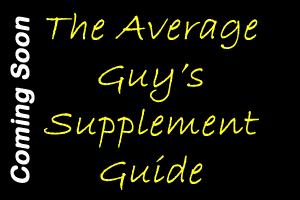Today I’d like to share with you my 6 favorite bodybuilders. Your job is to leave your own list of 6 items in the comments or on your own blog that relate to the topic this week. If you decide to put the list on your own blog, be sure to leave a comment with a link to your blog. Please note that permission is NOT granted top copy the question to a forum or message board for the purpose of having the readers participate in the answering of the topic.
Topic for Saturday, March 31, 2012: Favorite bodybuilders.
- Jay Cutler
- Phil Heath
- Branch Warren
- Evan Centopani
- Eduardo Correa
- Lionel Beyeke
If you have a Saturday Sharing you'd like to see, send me an email. I would love to feature it in the future.





